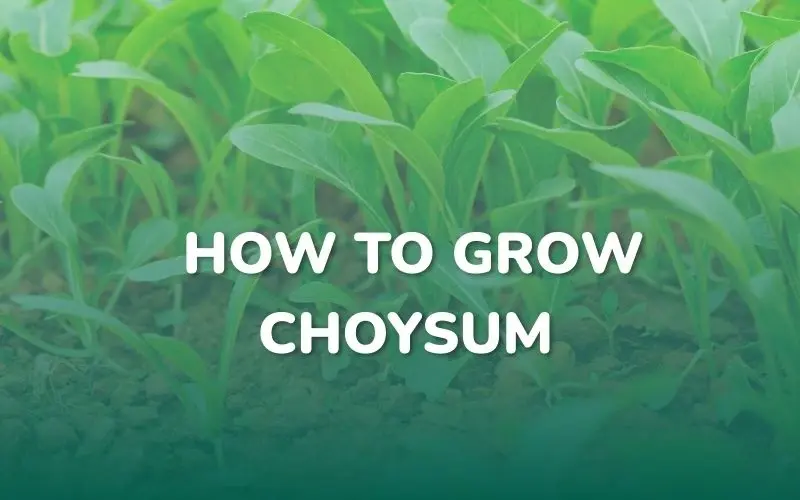Choysum are a familiar vegetable in Vietnamese meals, not only easy to eat but also packed with vitamins and minerals that are good for your health. A major plus is that they are easy to grow and quick to harvest, making them suitable for both rural and urban areas. If you’re looking for a guide on how to grow choysum at home, be sure to check out the detailed instructions in this article from Kamereo!
Key Information Before Planting Choysum
To get a healthy sweet mustard green garden, you first need to understand the right season, choose the appropriate seeds, and prepare nutrient-rich soil.
The Best Season to Plant Choysum
Choysum can be grown year-round, but planting them in the dry season often results in higher yields and fewer pests. To ensure the plants grow well in the summer, you should use protective coverings and nets to limit direct sunlight and heavy rain. This method helps maintain soil moisture, protects the plants from strong sun, and prevents leaf damage from heavy downpours.
If you plant in December or January, the plants are more susceptible to pests and diseases due to the cold, humid weather. At this time, you need to pay close attention, cover the plants, and monitor their condition regularly to address any issues promptly. Additionally, building a protective frame is necessary to prevent rainwater from pooling on the leaves, which can cause rot or damage.
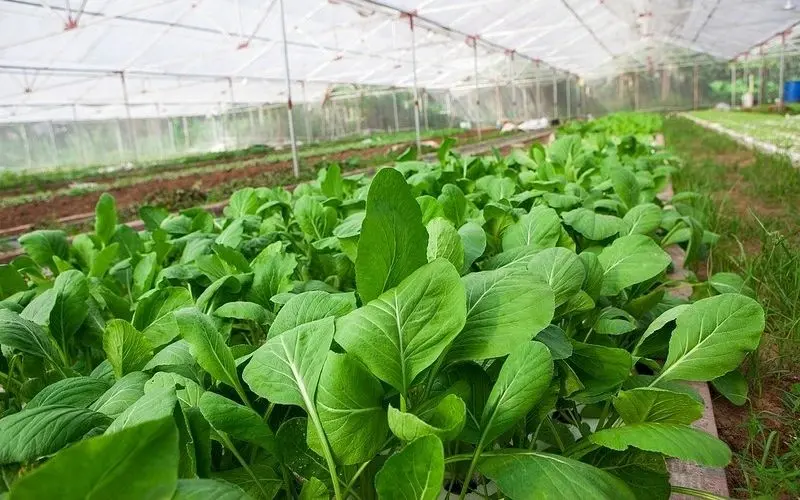
Choysum Varieties
Sweet mustard green seeds are small and round, with a high germination rate if you select them carefully. You should choose seeds from Thailand or F1 varieties, as these tend to have better disease resistance and more stable growth. Using consistent, high-quality seeds ensures the plants grow well from the very beginning, preventing stunted growth and weakness caused by poor-quality seeds.
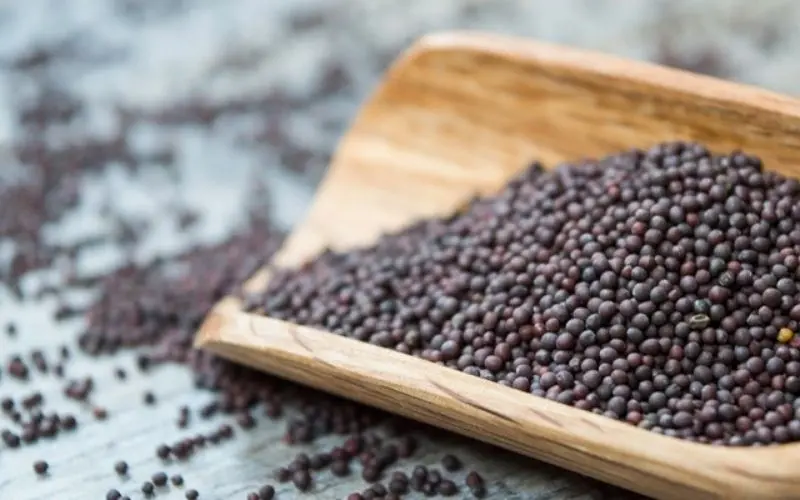
Soil for Growing Choysum
Soil is a key factor in the growth of choysum. To help the plants thrive, you need to prepare the right kind of soil:
- Loam or alluvia: These are ideal soil types for growing choysum because they are loose and rich in nutrients.
- Pre-packaged soil: If you live in an urban area, you can buy clean, pre-packaged soil. However, mix in a little organic fertilizer to add nutrients, as this type of soil often lacks them.
- Garden soil: If you’re using soil from your garden, you need to clean out weeds and plant residue. Then, mix in coconut coir and rice husks to increase the looseness and improve drainage.
Before creating the beds, you need to clear all weeds and plant residues from the area. This helps eliminate competition for nutrients and reduces the risk of plant diseases. Afterward, you should create raised beds 20 – 25 cm high and 1.0 – 1.2 m wide, making the soil loose and flat to help the plants drain water easily and prevent waterlogging during rain.
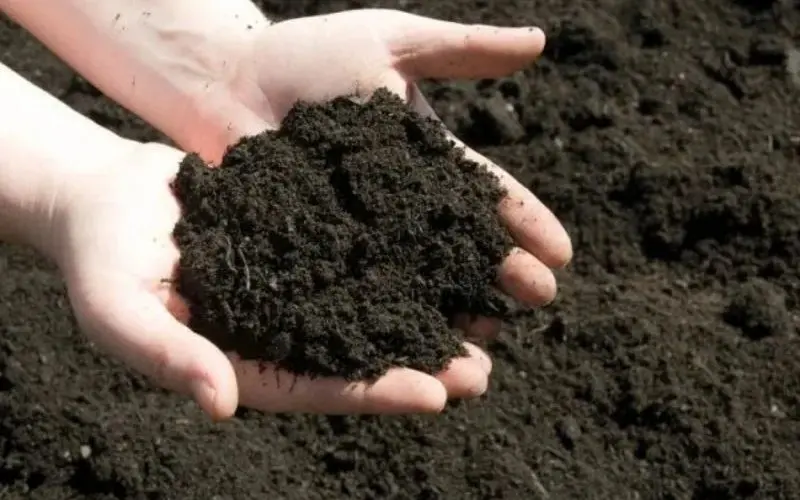
Techniques for Planting Choysum
Once you have all your tools and soil ready, you can start planting the seeds and caring for the vegetables following the steps below:
Tools Needed
- High-quality sweet mustard green seeds
- Loose, nutrient-rich soil
- Styrofoam boxes or pots with drainage holes
- Earthworm compost, well-rotted chicken manure, or treated organic fertilizer
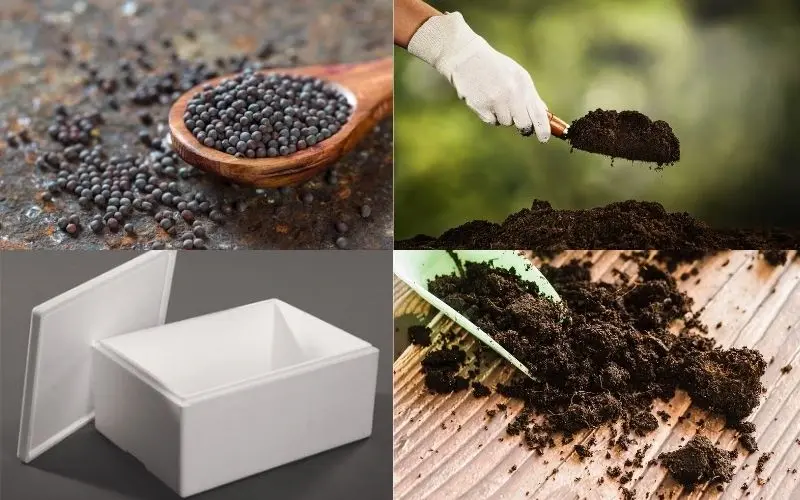
Sprouting Choysum Seeds
- Soak the seeds in warm water (2 parts boiling water to 3 parts cold water) for 4–6 hours to soften the hard outer shell.
- After soaking, drain the seeds, wrap them in a damp cloth, or place them in a dark area to encourage germination.
- Once the seeds start to crack and a small white sprout appears, you can plant them directly into the prepared soil.
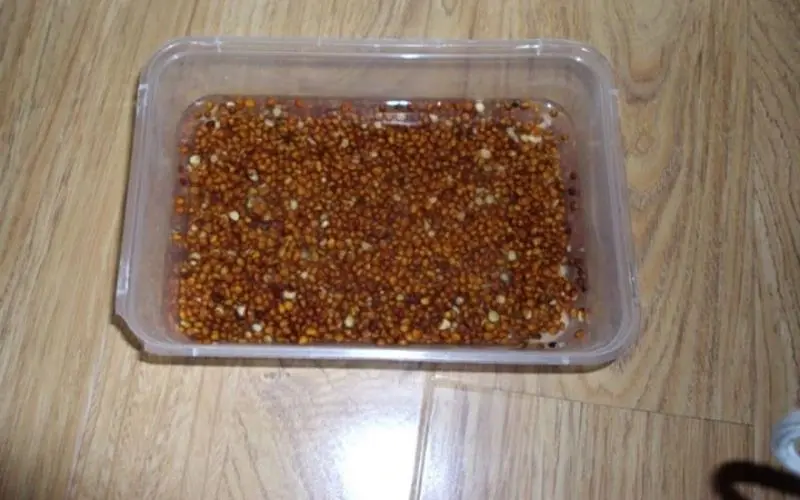
Planting Choysum Seeds
The process of planting seeds needs to be done meticulously to give the plants enough space to grow:
- Spread a layer of soil at least 5 cm thick in the tray or Styrofoam box and level the surface. If the soil layer is too thin, the roots will have difficulty developing, and the plants may lack nutrients and grow slowly.
- Scatter the seeds evenly, avoiding overcrowding to prevent the plants from competing for space and growing poorly.
- Add a thin layer of soil about 0.5 cm thick on top to retain moisture, then water gently with a spray bottle.
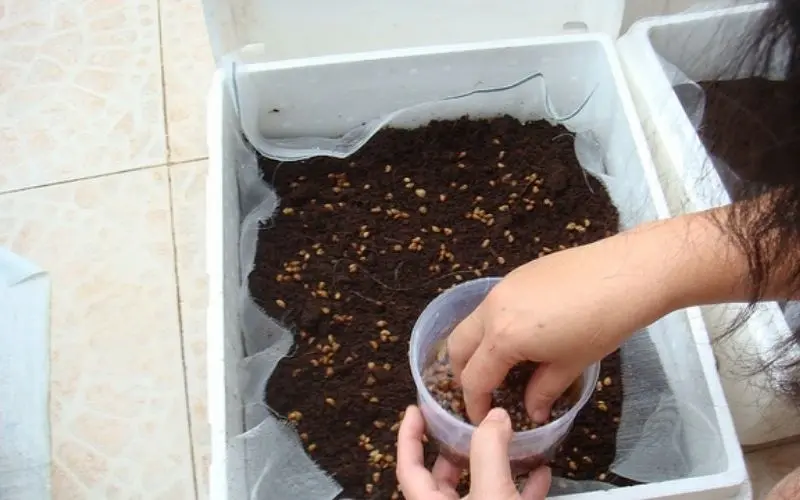
Caring for Choysum
To ensure your choysum grow healthily, pay attention to the following care steps:
- After planting the seeds, place the pots in a shady area or use a cover to protect them from intense sunlight, which can dry out the soil and harm the young plants.
- Water regularly 1–2 times a day to maintain the necessary moisture, adjusting the frequency based on the actual weather conditions.
- Choysum are leafy vegetables, so they need nitrogen-rich nutrients to grow. You can use organic fertilizers like fish fertilizer or chemical fertilizers like Urea. Note that if you use chemical fertilizers, you must ensure a minimum quarantine period of 7 days before harvesting.
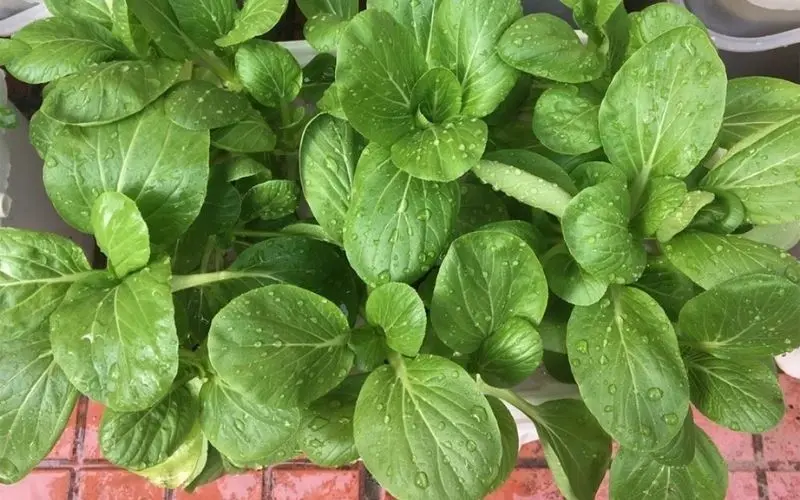
Pest and Disease Control for Choysum
Choysum are susceptible to weeds and diseases if the soil environment is too humid. Therefore, you need to regularly pull weeds to prevent them from sapping nutrients. Some common pests and diseases include diamondback moths, leaf-eating caterpillars, armyworms, leaf miners, damping-off disease, or bacterial soft rot.
A common manual control method is to pick off pests by hand in the early morning or late afternoon. You can also use biological methods like neem oil or natural remedies made from garlic, chili, and ginger to repel harmful insects.
If pests become severe, using pesticides may be necessary. You can consider Sherpa 25EC, Bt, or Rhidomil MZ72 WP to prevent soft rot. When using these, follow the dosage instructions on the package and combine them with other methods like cleaning the beds, rotating crops, and balanced fertilization for long-term effectiveness.
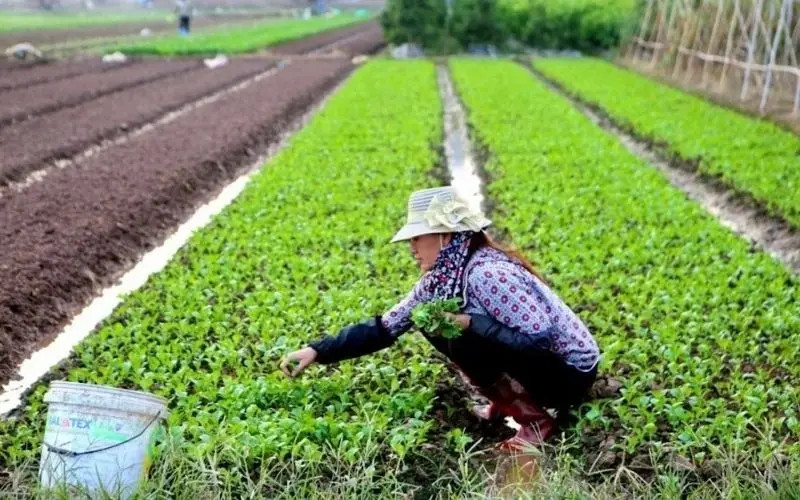
How Long Until Harvest?
Choysum are a short-day crop, allowing for quick harvesting. If you want to eat young greens, you can harvest just 5–7 days after planting. For larger bunches, the ideal harvest time is 30–35 days later.
When harvesting, you can pull up the entire plant or just pick the larger leaves, leaving the smaller ones for the next harvest. With proper care, sweet mustard green plants can be harvested continuously for about 1–2 months.
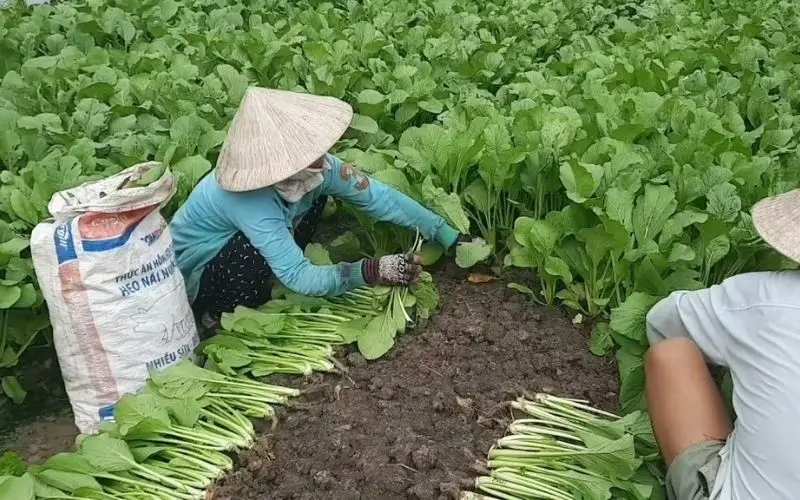
Conclusion
With just a few simple steps, you can master the art of how to grow choysum at home, which is both safe and economical. We hope these instructions help you start a lush vegetable garden soon. And don’t forget to follow Kamereo’s Food and Lifestyle section for more useful tips!
See more:



